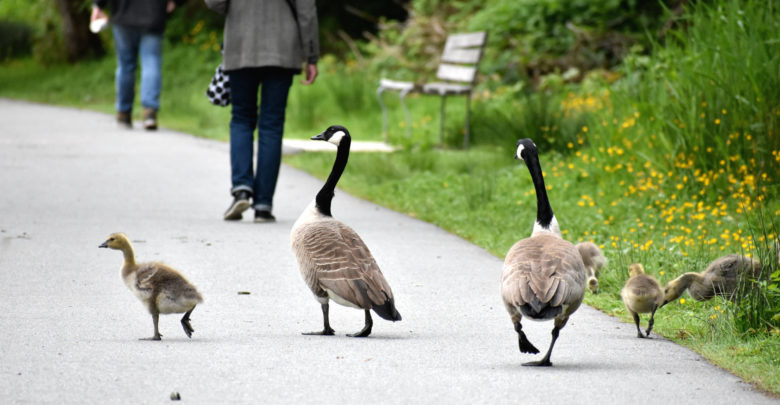 Sasha Fairbairn
Sasha FairbairnA dangerous strain of avian influenza is spreading, but most people are not at risk. This virus is killing many chickens and water birds, while ducks and geese tend to recover.
Katharine Magor, a professor in the department of biological sciences at the University of Alberta, has revealed that the quick immune response of ducks and geese is what saves them. The only humans at risk of catching the virus are those handling infected birds.
Avian influenza translates to a flu virus that begins with birds, and this is the case for all flu viruses.
“A few [flu] types do cross over to humans, and now they circulate in humans,” Magor said. “As we know, the seasonal flu, and [sometimes] a pandemic flu … have all arisen from the avian reservoir.”
As ducks and geese evolved with avian influenza, they became more resistant to the virus than other birds and animals. Magor and her graduate students found that one reason for boosted immunity is due to a rapid immune response.
Currently, the H5N1 strain of avian influenza is circulating. This strain is causing more deaths than most flu viruses; while most ducks recover, other water birds such as shorebirds and pelicans are less fortunate. The virus is mostly transmitted through fecal matter in the water, which is why water birds are being hit the hardest. There have also been a few cases of raptors becoming sick by eating infected carcasses, but Magor has only seen one case reported of an infected songbird.
Avian influenza is also reaching many poultry farms, where it is fatal to chickens. In 2012, one of Magor’s students found that ducks and most other bird species have a special gene that detects flu viruses, while chickens, turkeys, and quail lack this gene.
Human cases are less common, with only one case having occurred so far in Canada. However, the H5N1 strain of avian influenza is extremely dangerous for humans.
“In Asia, where H5N1 virus has been for a long time, there have been perhaps as many as 1,000 cases,” Magor said. “But the dangerous thing is that 60 per cent of these are fatal cases, because it’s a really nasty virus when humans do get it.”
“So far, no H5N1 has been observed spreading from human-to-human, so there’s no human-to-human chains of transmission. The virus would have to adapt significantly to be transmissible.”
People most at risk include duck hunters in areas that have had cases of avian flu and people handling infected chickens on farms. Magor expects that anybody culling infected animals in poultry farms are already wearing full PPE, and noted that hunters have already been advised to clean animals in the field rather than potentially bringing infected birds back to their farm.
Although avian influenza is spreading in ducks and chickens, Magor is confident that store-bought poultry is completely safe from the virus. She said that even in the case where a chicken from a personal farm happens to be infected, the virus would be killed through the normal cooking process.
Magor and her team are currently looking more deeply into the virus, as she has found that at least four of the 12 proteins the H5N1 strain makes are aimed at shutting down the immune system. Her next steps include determining how resistant ducks are to having their immune system shut down, and how chickens can become more flu-resistant.
Magor advised that while out and about, it is important to be on the lookout for sick or dead birds, and to keep pets away from carcasses, particularly those of ducks and geese. Signs of H5N1 in birds include heads dangling to one side, and more commonly hunkering down without much movement.
Call 310-0000 to report a dead bird or any unusual bird behaviour, so that diseased birds can be safely removed.




